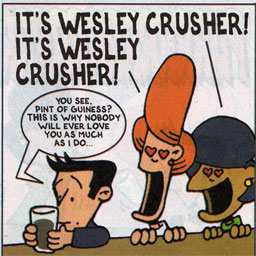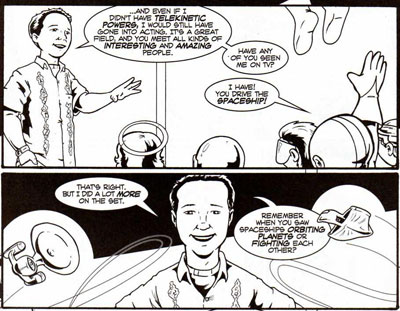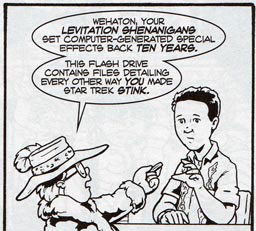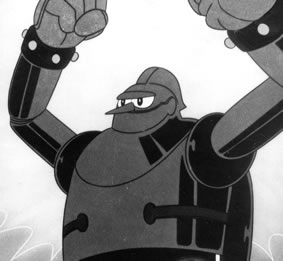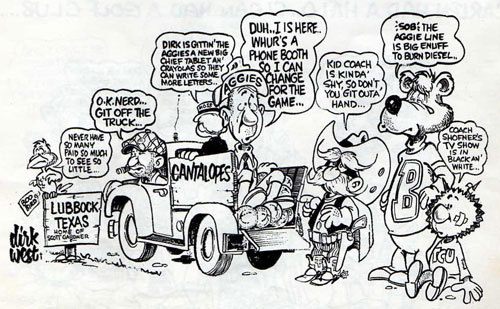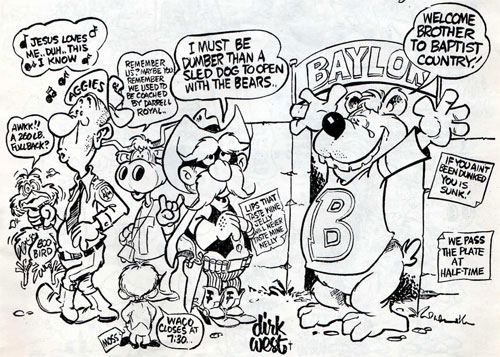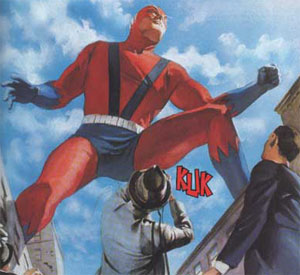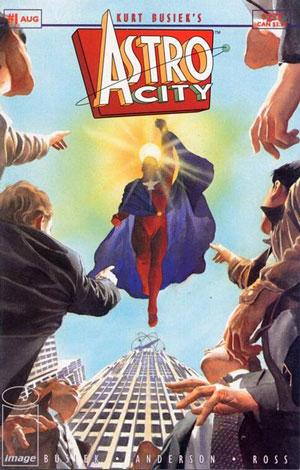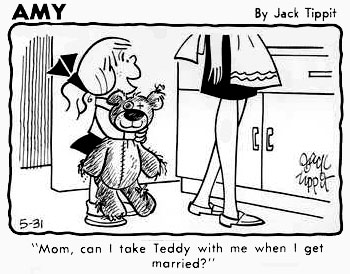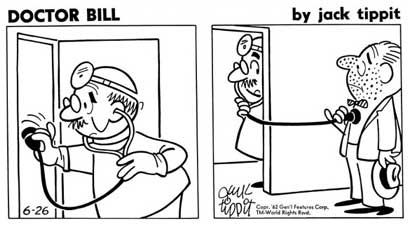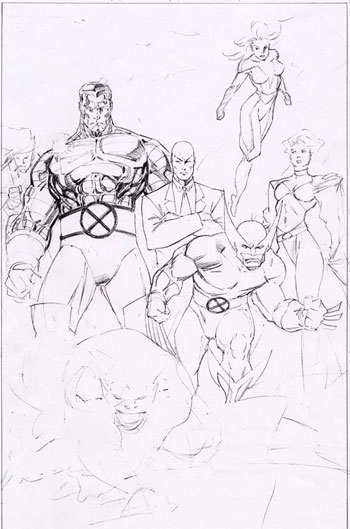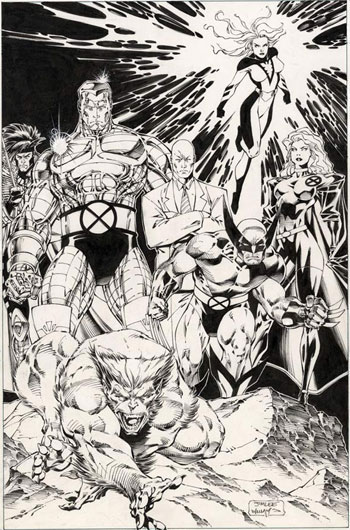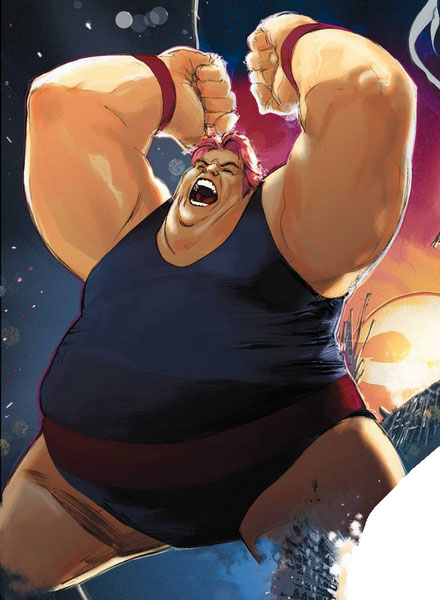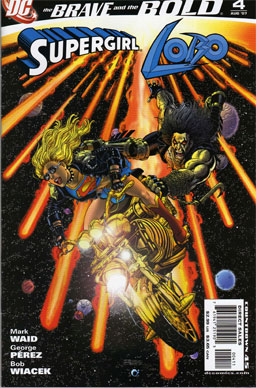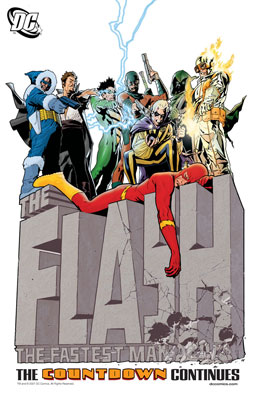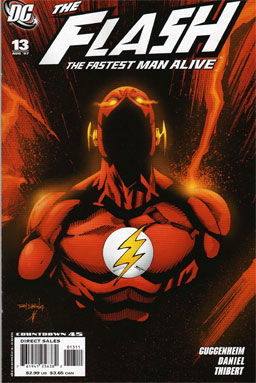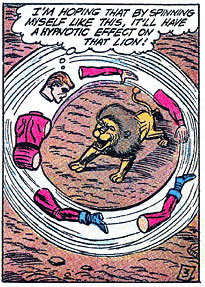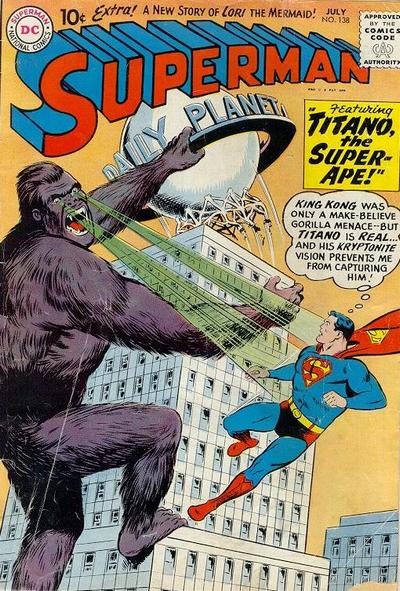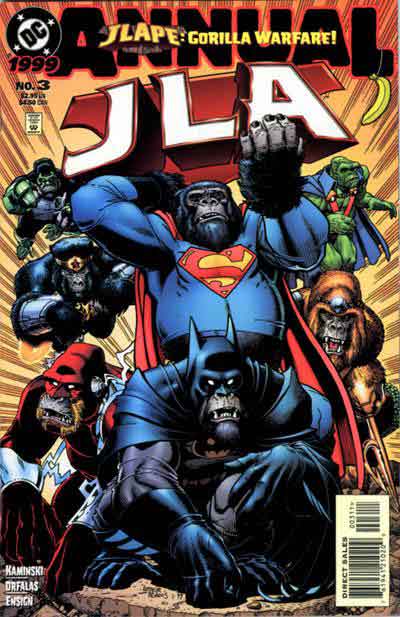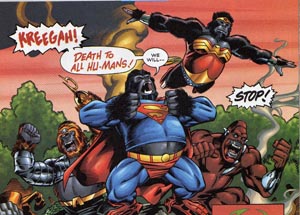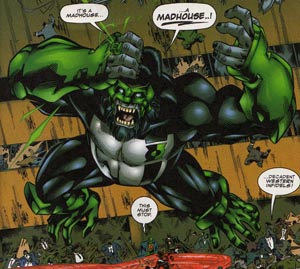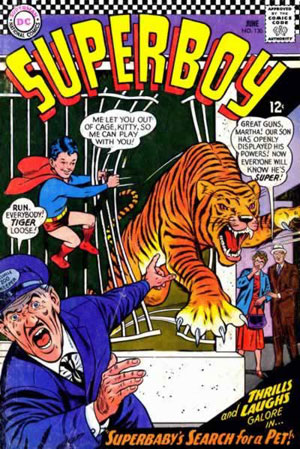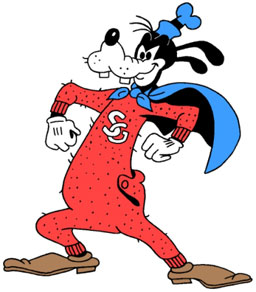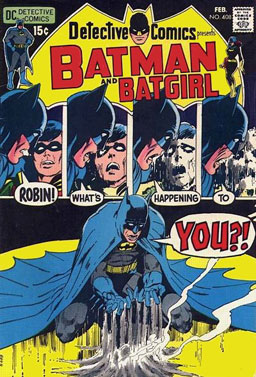Crossing Over
You know what a crossover is, right? For comics fans, it’s when Superman and Spider-Man meet in a comic book. For non-comics fans, it’s when the cops from “Law and Order” meet up with the cops from “Law and Order: SVU” — when characters from one show (or comic or movie or book) meet characters from another show (or comic or movie or book), that’s a crossover.
“Freddy vs. Jason” = crossover. “Aliens vs. Predator” = crossover. “Who Framed Roger Rabbit” is one big crossover for animated cartoons. And Richard Belzer, the guy who plays John Munch on “Law and Order: SVU,” is the TV crossover king, since Munch has appeared in “Homicide: Life on the Street,” several different versions of “Law and Order,” “Arrested Development,” and “The X-Files.”
Anyway, comics have lots of crossovers, too. Batman meets Spider-Man, the X-Men meet the Teen Titans, Wonder Woman meets Witchblade, Archie meets the Punisher. They happen once, then never get mentioned again, because if Superman mentions that time he met the Fantastic Four and kicked Galactus on his tushie, Marvel will get mad and want to get paid for it. Nevertheless, there have been a Guatemalan metric ton of comics crossovers over the decades.
And from time to time, real people will show up in comics. Presidents will often make appearances in comics, as will some prominent scientists, sports stars, musicians, media personalities, and even particularly prominent comic book creators. But I’m aware of very few instances of a real-world celebrity making appearances in completely different comics just a month apart.
Sure, a president might show up in a Superman comic one month, then in an Avengers comic the next. But it doesn’t happen often.
And I certainly never expected it to happen with actor/writer Wil Wheaton, who played Wesley Crusher in “Star Trek: The Next Generation.”
But here he is in John Kovalic’s “Dork Tower” #36:
And here he is in Aaron Robinson’s “PS238” #23:
“PS238” is set at an elementary school for superkids, so Wheaton has somehow managed to score himself some superpowers — in this case, telekinesis, which he claims to have used to make the spaceships fly around on “Star Trek.”
There’s also this angry confrontation with an evil genius wearing a pimp costume.
An evil genius in a pimp costume denouncing a telekinetic “Star Trek” actor? That’s what comics are all about, baby.
Comments off

